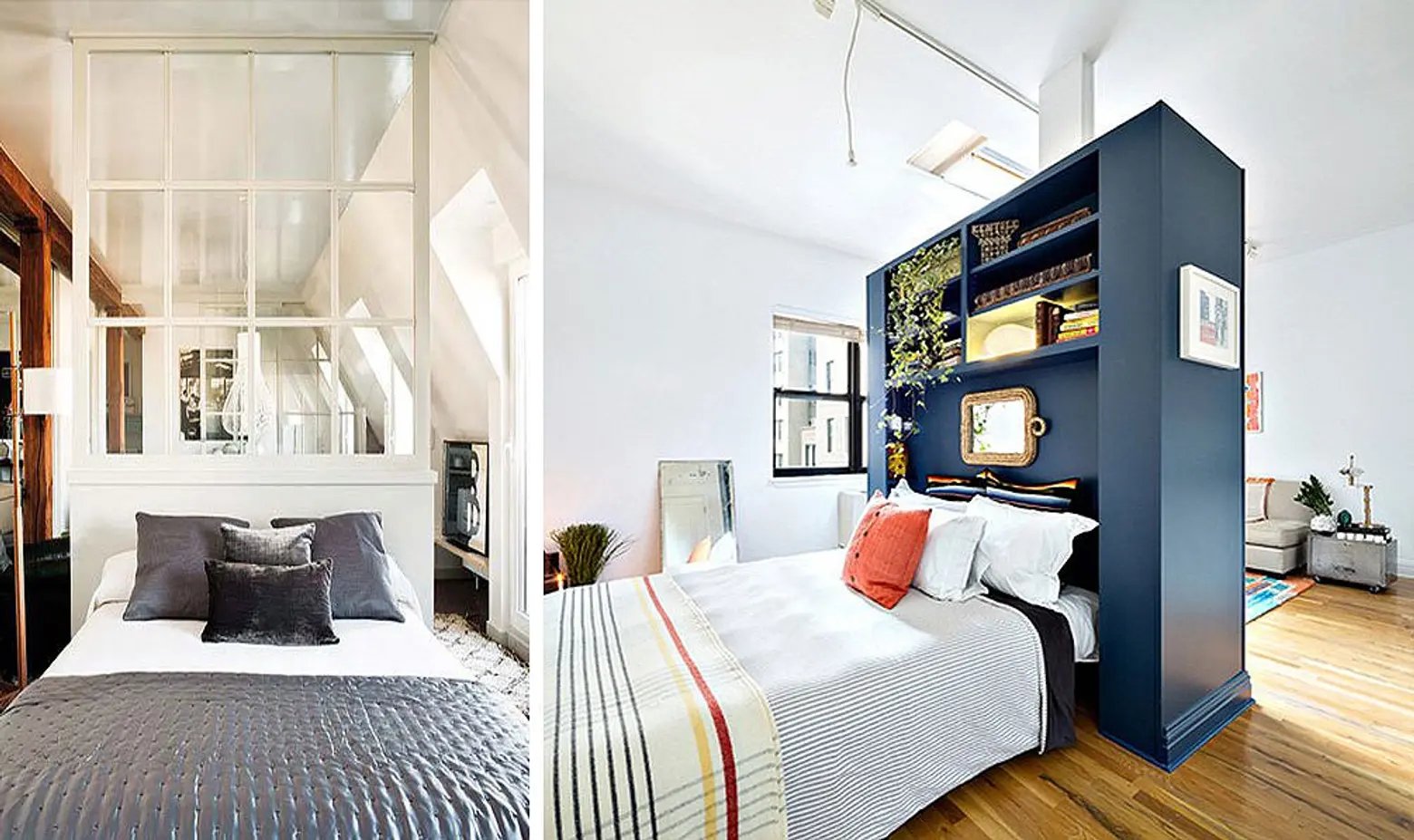What Is a Floor?
The Floor is the surface area of the building that is used for trading activities. This surface is also used for meetings. For example, the floor of the Senate of Alaska is used for senatorial speeches. Another common place to find a floor is a retail store, a factory, or a commodity exchange. The floor is the base of the exchange and is generally the underlying stratum. This type of surface is used in many industries and is an integral part of the structure.
A floor is a minimum acceptable limit that a financial institution uses to determine how much to lend to a qualified borrower. This limit is set by the financial institution that performs the lending service. A floor is also the lowest price a good or service can be sold at. In the stock market, an interest rate floor is a lower price range that an investor or company is willing to accept. This is often the case in loan agreements and derivative contracts.
A floor consists of a subfloor and a floor covering. In modern construction, these floors have electrical wiring, plumbing, and other services built in. Using a floor that meets these standards has many advantages. Not only does it look attractive, but it also resists a variety of different conditions. Even a floating floor may be considered a floor. Once installed, a floor should cure for at least seven days. You should consider the durability of this type of floor when choosing a material.
A floor can be a concrete slab, a poured concrete slab, or a wooden floor. The purpose of a floor is to set a limit that is lower than the maximum that a market is willing to pay. Bricks are used as a flooring material because they are affordable, durable, and non-slip. They are usually laid flat, but should be of a good quality. A lean concrete bed is often used for a base for cement concrete. After the concrete is laid, the slab should be allowed to cure for seven days.
Bricks are the cheapest material for a floor and are commonly used in factories and godowns. It is a cheap and simple method of floor construction, and is a common choice for floor construction in industrial settings. The bricks are laid on edges, and should be of high quality. They are typically cheap and durable, but should be checked for durability before installation. This type of floor is best suited for areas that require a lot of traction.
A brick-based floor is a low-cost, easy-to-install option that provides a stable, durable surface. While bricks are economical and easy to lay, they are not slip-resistant and are not recommended for places where they may experience rain or condensation. However, it is durable and is an excellent choice for a garden path. It also provides a non-slip surface for pedestrians. If you want to be creative, you can install special features on the floor. For example, a marble floor medallion can be used to drain water or a grating can be used to scuff up dirt.










